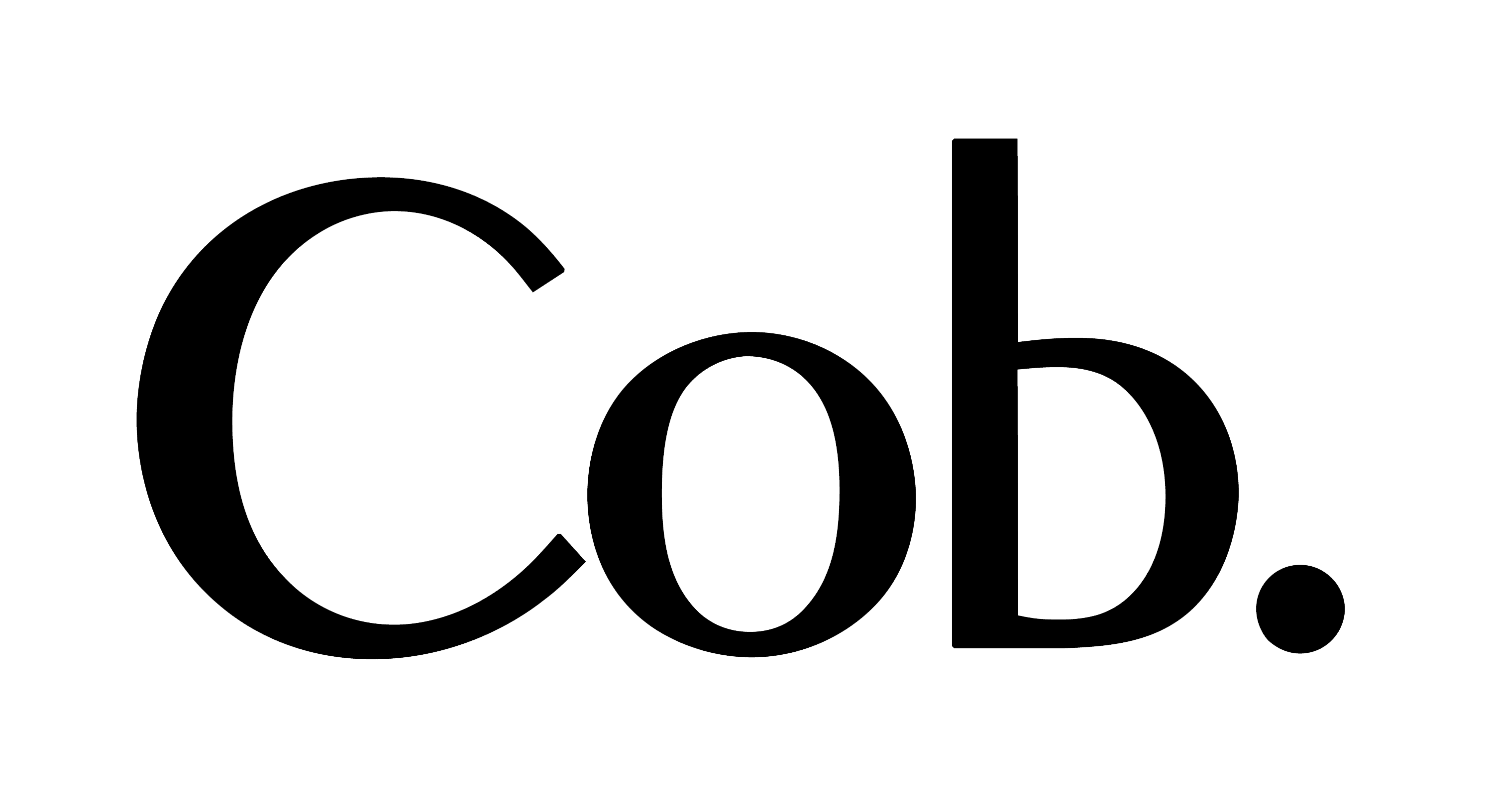Cob Gallery is proud to present Paloma Proudfoot’s debut UK solo exhibition The Detachable Head Serves as a Cup. Presented as a sculptural installation, the exhibition features a new series of ceramic works, many of which were created in direct response to the artist’s encounters whilst on the Thun Ceramic Residency in Italy.
Paloma Proudfoot’s eloquent, enigmatic sculptures are propelled by a sensibility attuned to incongruity. Her forms call into question the traditions, purpose, and material behaviours of clay as a medium, often by combining with natural materials such as hair, food and wax that offset the seemingly immaculate surfaces and static immutability of the glazed ceramics. In their unsettling arrangement and tactile material juxtapositions, Proudfoot’s works are unique testament to the uncanny.
Compounding the artist’s ongoing fascination with the interchangeable or ambiguous function of objects, the aptly titled exhibition refers to the museum label description of an 18th century salt glazed chained bear figurine cum drinking vessel, discovered by the artist at the Fitzwilliam Museum, Cambridge. The incongruity between the brutality of the bloodsport this ornament was intended to depict, and its trivialised light-hearted appearance and matter of fact label, echoed, for the artist, the dichotomous instincts in her own practice. This led to researching other instances where function is confused with the decorative, including Clemente Susini’s anatomical waxworks. These bodies, like the bear-baiting jugs, are made to be dismantled, ostensibly with their aim to educate medical students without the need for bloody dissection, yet are unsettlingly sexualised and unnecessarily ornate in their presentation.
Through texture, form and concept, the works featured in The Detachable Head Serves as a Cup offer a beguiling combination of the morbid and the decorative, illustrative of Proudfoot’s allure to the sinister, or macabre oddity. The exhibition features a series of fragmented figures, that propose themselves as vessels, yet whose function is unclear, even wilfully obscured. Figurative forms of smooth limbs and appendages are created in near mirror image of one another, and in their varying display, these works fluctuate between the static engineered object, the handcrafted, and the anthropomorphised.
Proudfoot’s ceramic open-faced reclining figures are arranged on tables designed to imitate the functional structure of mortuary tables she discovered visiting anatomical theatres across Italy. The flatness of the table surface is juxtaposed against the undulating leg structure beneath, that appear to echo the form of female reproductive anatomical diagrams, yet harness the decorative appeal of European Art Nouveau architecture. Proudfoot’s modular figures, like Susini’s, fluctuate between beauty and violence; movement and stasis.
Proudfoot harbours a masterful ability to observe and capture unique ambiguities of function and form between the inanimate and the human- the shape of an Anvil is substituted as footwear, crazy-golf ramps supplant human or prosthetic limbs, and throughout, geometry and bio-morphism are in dystopian flux.
Whilst many of her sculptures directly evoke the shapes of manufactured mass produced objects, Proudfoot explores a quiet and uneasy paradox between the idea of the endless factory replica and the ceramic interpretation as fundamentally inimitable. Proudfoot approaches clay like a tailor would their cloth, utilising techniques learnt as a pattern cutter she uses templates to cut the flayed form of the sculpture she is building. These templates allow Proudfoot to repeat and morph body parts across works. The thighs of a reclining nude, reappear refitted with high heeled boots in another; or as in the eponymous work in the show, chain laced featureless heads are shown repeated plugged into polo neck shoulders and then detached, upturned the cavity of the neck offering itself as a drinking flagon. Taking the modules of the human body as her building blocks, Proudfoot parallels the concepts behind clothes-making and civic architecture - seeing them both as containers and extensions of our bodies. A foot becomes a fir tree and vice versa, an arm becomes the beam of a shelter.
Proudfoot’s visual language is one of rhythm, regularity and subtle differentiation. In this sense, the works are developed from an aesthetic in which every whole can be endlessly anatomised and fragmented, forms occur and recur, suggesting the individuality of the human body while also following regular patterns in unpredictable ways.

